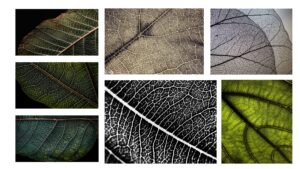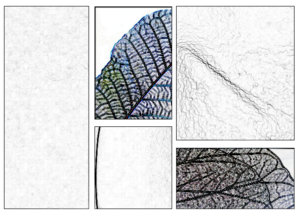Introduction
In this interactive digital art project, I explore the emotional and energetic effects of being observed versus being alone. Using Unity as the primary platform, I’ve created a digital “me”—Little Bosi—who resides within a 3D living space on a computer screen. Little Bosi reacts differently based on the presence or absence of an audience, offering a poignant reflection on isolation and human connection, inspired by my own experiences during the pandemic and its aftermath.

Concept
This project delves into the transformative power of attention. During the pandemic, I endured long periods of solitude, disconnected from people and outside signals. Weeks would pass without meaningful interactions, and sometimes I would go days without speaking a word. It felt as though I lived inside a box, cut off from the external world. During that time, my mental state was one of exhaustion and sadness.
The process of emerging from that state highlighted how every interaction and moment of attention from others created ripples in my internal world. A simple gaze or fleeting connection could shift my emotional energy. This concept inspired the idea for Little Bosi: an embodiment of these emotional dynamics and a visual representation of how being seen impacts the human spirit.
Interaction Mechanics
When Alone:
Little Bosi enters an emotional down state, expressing sadness, boredom, and exhaustion. The digital character performs actions such as slouching, sighing, and moving lethargically. The world around Little Bosi gradually fades to a monochromatic tone, symbolizing emotional depletion.
When Observed:
When someone approaches the screen, Little Bosi transitions to an interactive state, showing joy and energy. Actions include smiling, waving, and sitting upright. The environment regains its vibrancy and color.
Techniques
- 3D Scanning: I used Polycam to scan 3D models of myself (Little Bosi) and my living room to create a digital space resembling my real-life environment.


- Animation Development: The animation library was built using online motion assets, which were refined through IK rigging and manual keyframe adjustments. Transition animations were crafted to ensure smooth movement between emotional states.
- Placeholders: For the current concept and testing phase, video placeholders are used to represent animations while final transitions are being completed in Unity’s Animator.
- Interactive Coding: Unity’s OpenCV plugin powers the interaction system. Using the plugin’s object detection and face recognition models, the camera identifies the presence and position of individuals in front of the screen. This data triggers Little Bosi’s behavioral state:
- Face Detected: Activates interactive state.
- No Face Detected: Switches to solitude mode.
Reflection
The project aims to create a “living space” that bridges the digital and emotional realms. By using 3D modeling, animations, and environmental changes, I evoke the contrasting experiences of loneliness and connection. The audience becomes an integral part of the narrative; their presence or absence directly influences the digital world and Little Bosi’s emotional state. Through this work, I hope to resonate with audiences who may have faced similar feelings of loneliness, reminding them of the importance of connection and the subtle ways we leave traces in each other’s worlds.
Next Steps
- Finalizing animation transitions in Unity’s Animator to seamlessly connect Little Bosi’s emotional states.
- Enhancing the environmental effects to amplify the visual storytelling.
- Expanding the interaction mechanics, possibly incorporating more complex gaze dynamics or multi-user scenarios.















 2. Block segmentation and line information analysis:
2. Block segmentation and line information analysis:









